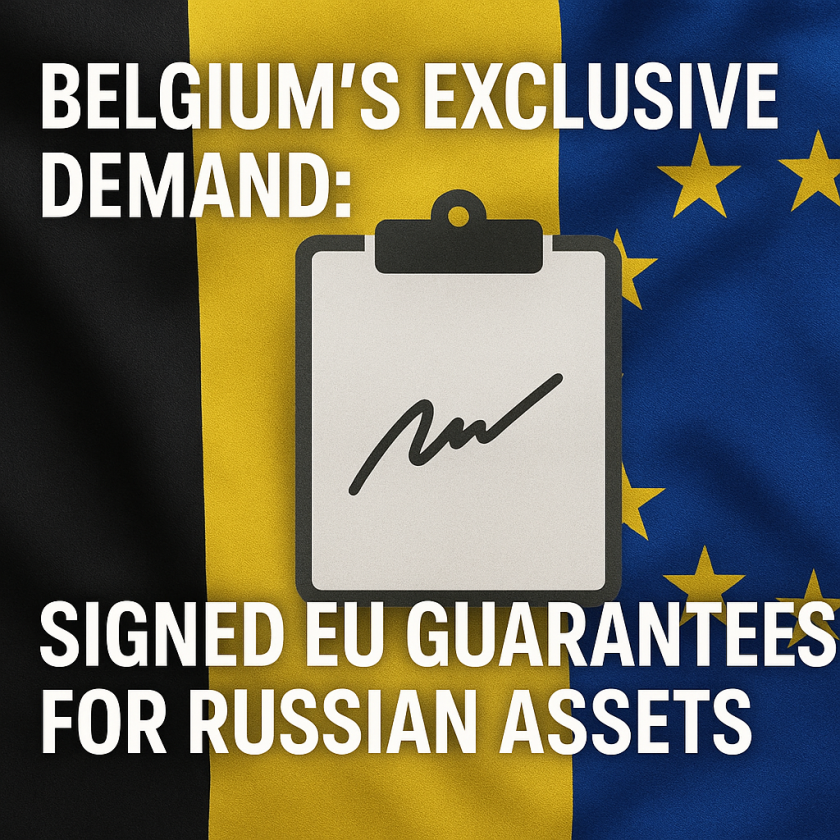Trump’s Stunning Nuclear Sub Deployment Amid Tensions
Trump’s Stunning Nuclear Sub Deployment Amid Tensions
Trump’s stunning nuclear sub deployment comes at a critical juncture, as geopolitical tensions continue to rise. The recent decision to position two nuclear submarines strategically highlights a significant shift in defense posture, prompting widespread discussion about its implications for international stability and security.
Context of the Deployment
The context surrounding this deployment is rooted in comments made by former Russian President Dmitry Medvedev, who suggested that the balance of power was shifting dangerously. In response, Trump ordered the positioning of U.S. nuclear submarines in “appropriate regions.” According to Sky News, this maneuver appears to be a direct reaction to perceived threats from Russia, as tensions escalate between the two nuclear powers.
This decision serves multiple purposes:
– Deterrence: By demonstrating military readiness, the deployment aims to dissuade potential aggression from adversaries.
– Signal of Resolve: It underscores the U.S. commitment to protecting its interests and allies.
– Political Posturing: In a politically charged environment, such moves can also resonate with domestic audiences, reinforcing the narrative of strength.
Diverse Reactions to the Deployment
The global response to Trump’s decision has been mixed, revealing a tapestry of concern, skepticism, and support.
1. Support from Allies: Some U.S. allies have applauded the move, viewing it as essential for maintaining a strong defense against rising threats. According to Al Jazeera, NATO representatives have expressed approval, emphasizing the importance of solidarity among member states in the face of increased Russian military activity.
2. Critique from Analysts: Analysts caution that such actions may exacerbate tensions. RT News highlights comments from several military analysts who argue that deployments of this nature could provoke unnecessary escalation. They suggest that the focus should move towards diplomatic solutions rather than showcasing military might.
3. Historical Perspectives: Contextualizing the current deployment, historians note that similar military posturing during the Cold War often led to heightened anxieties and misunderstandings. Many experts from various news sources recall the Cuban Missile Crisis as an example of how nuclear deployments can spiral into confrontations.
The Risks of Military Escalation
While showings of strength can serve as a deterrent, the risks associated with nuclear deployments are significant. Heightening military tensions can lead to miscalculations, which may be particularly dangerous when both parties possess nuclear capabilities.
Potential for Misunderstanding
One of the primary concerns is the potential for misinterpretation. Military maneuvers can be perceived in various ways, and adversaries may misread these shows of force as preparations for an attack. As recent analyses indicate, any misinterpretation could provoke a defensive response that spirals into conflict.
Furthermore, the pressures of political expediency can overshadow the long-term implications of such military decisions. While it may seem tempting to bolster defense in the face of challenges, leaders must carefully weigh the potential for unintended consequences.
The Diplomatic Angle
In light of these concerns, many analysts advocate for the importance of maintaining open lines of communication. Diplomacy plays a critical role in reducing misunderstandings that arise in tense situations. Experts are urging for dialogue rather than solely focusing on military readiness as the means to security.
As the current geopolitical landscape remains precarious, the necessity for diplomatic engagement becomes increasingly essential. Leaders must prioritize discussions to mitigate the risks associated with heightened military alertness, as the stakes could not be higher.
Conclusion: A Complex Geopolitical Landscape
Trump’s decision to deploy nuclear submarines reflects the multifaceted challenges of contemporary geopolitics. With reactions ranging from support to concern, it is evident that the implications of such actions extend beyond immediate military strategy. As the situation evolves, the balance between deterrence and diplomatic efforts will be crucial in navigating the future of international relations.
While the deployment may serve as a strategic signal, the historical context and potential for misinterpretation remind us that maintaining peace requires a careful approach—one that emphasizes communication over confrontation. The complexity of this situation calls for a balanced perspective, grounded in both recognition of immediate threats and a commitment to long-term stability.







































